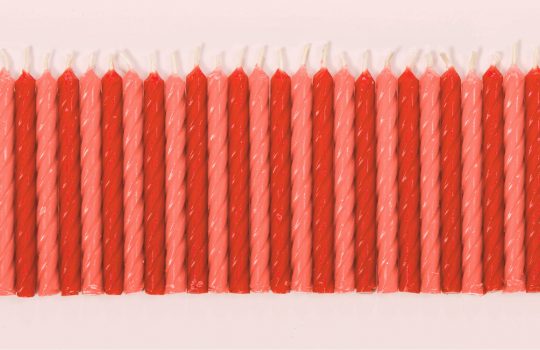Massive neutrino experiment undermines our sense of reality
From Science, July 12, 2016: Data from the MINOS neutrino experiment show that the elusive subatomic particles must literally be of two mutually exclusive types at once—poking a hole in our intuitive sense of reality.




